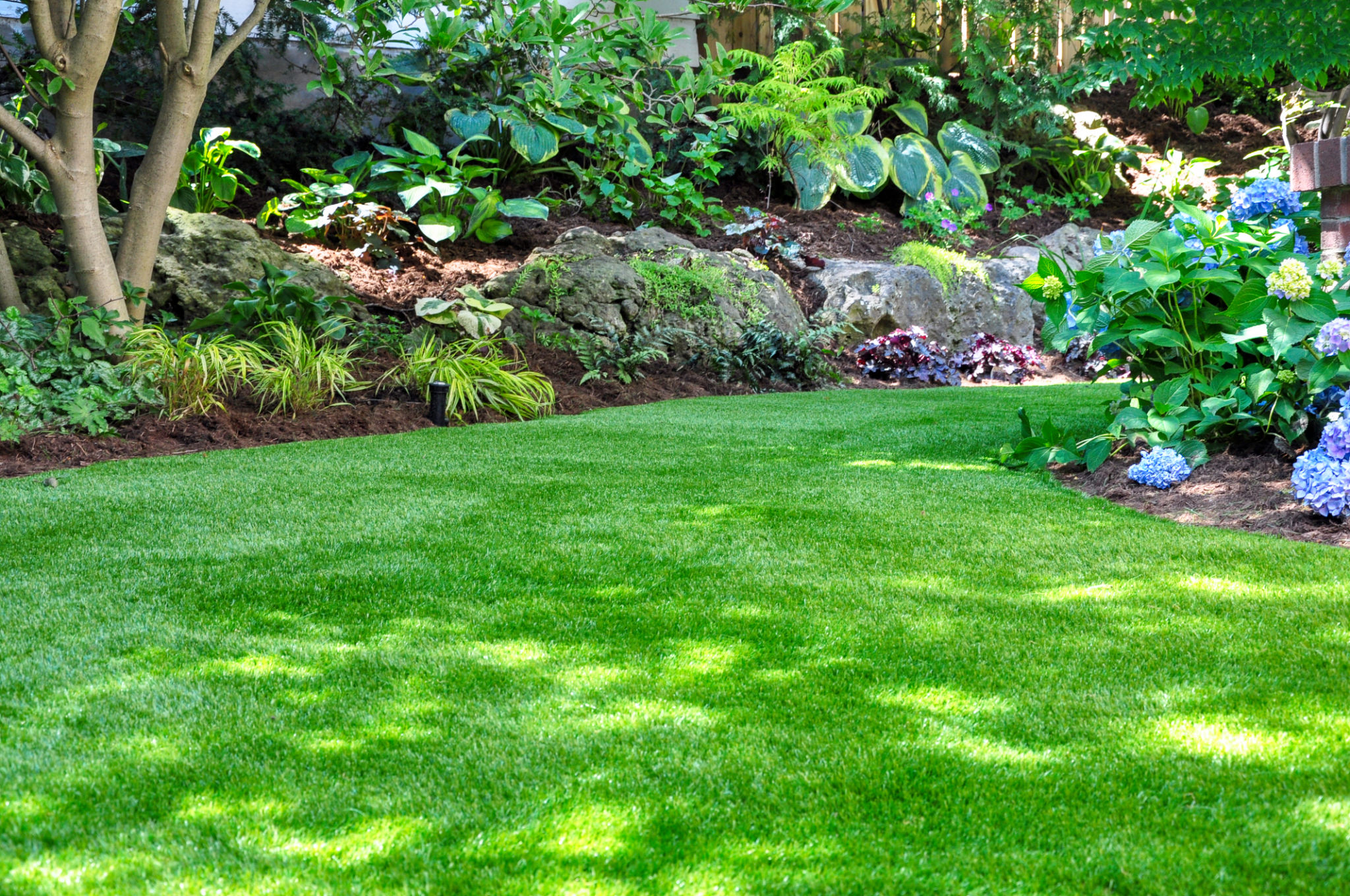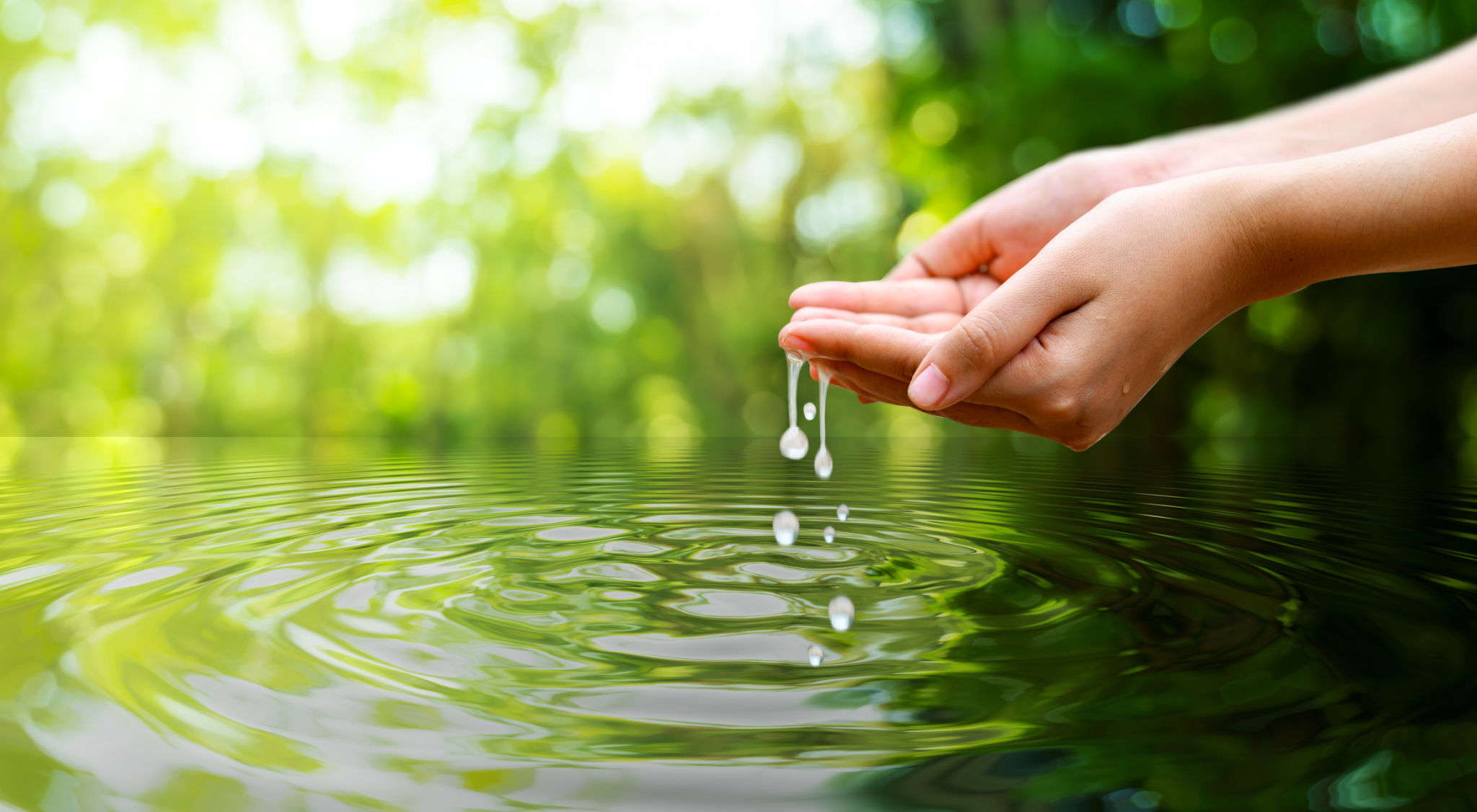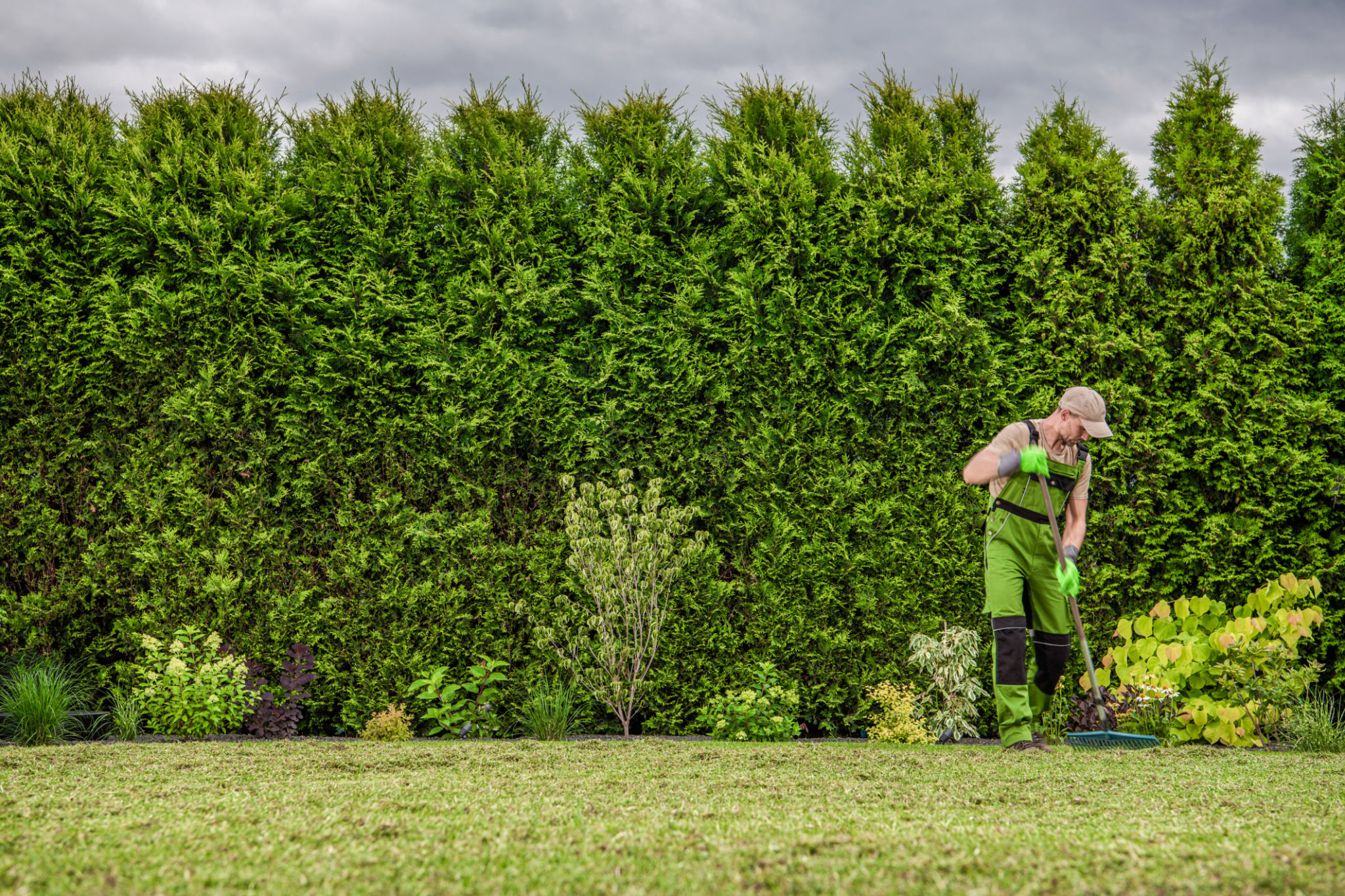Myths and Facts About Synthetic Turf: What You Need to Know
Understanding Synthetic Turf
Synthetic turf has become a popular alternative to natural grass for homeowners and businesses alike. However, with its rise in popularity, several myths have emerged that can lead to misconceptions. This blog post aims to clarify these myths and provide factual insights into synthetic turf.

Myth: Synthetic Turf Is Harmful to the Environment
One of the most common myths is that synthetic turf is environmentally detrimental. In reality, synthetic turf can be more eco-friendly than natural grass. It eliminates the need for watering, which can conserve a significant amount of water, especially in drought-prone areas. Moreover, it reduces the need for pesticides and fertilizers, which can leach into groundwater and cause pollution.
Fact: Synthetic Turf Saves Water
The water conservation aspect of synthetic turf cannot be overstated. According to estimates, a typical lawn can consume over 50,000 gallons of water per year. By switching to synthetic turf, homeowners can drastically reduce their water usage, contributing positively to areas with water scarcity concerns.

Myth: Synthetic Turf Is Uncomfortable and Unnatural
Another prevalent myth is that synthetic turf feels uncomfortable and looks unnatural. Advances in technology have led to the development of synthetic turf that is incredibly realistic and comfortable to walk on. Modern synthetic turf is designed to mimic the look and feel of natural grass closely, making it a pleasant surface for various activities.
Fact: Synthetic Turf Requires Minimal Maintenance
One of the significant advantages of synthetic turf is its low maintenance requirements. Unlike natural grass, synthetic turf does not need mowing, watering, or fertilizing. This can save time and money for homeowners and businesses who would otherwise spend considerable resources maintaining a natural grass lawn.

Myth: Synthetic Turf Is Unsafe for Children and Pets
Concerns about safety have also been raised, with some believing synthetic turf is unsafe for children and pets. However, most synthetic turf products are designed with safety in mind, using non-toxic materials that are safe for both humans and animals. Additionally, it provides a soft surface that can cushion falls, making it a suitable option for playgrounds and pet areas.
Fact: Synthetic Turf Offers Long-Term Durability
Synthetic turf is known for its durability and long lifespan. It can withstand heavy use and extreme weather conditions without significant wear and tear. This makes it an excellent investment for those looking to have a long-lasting green space without the hassle of constant upkeep.
In conclusion, understanding the myths and facts about synthetic turf can help make an informed decision when considering it as an alternative to natural grass. With its numerous benefits, synthetic turf continues to be a practical and sustainable choice for many.